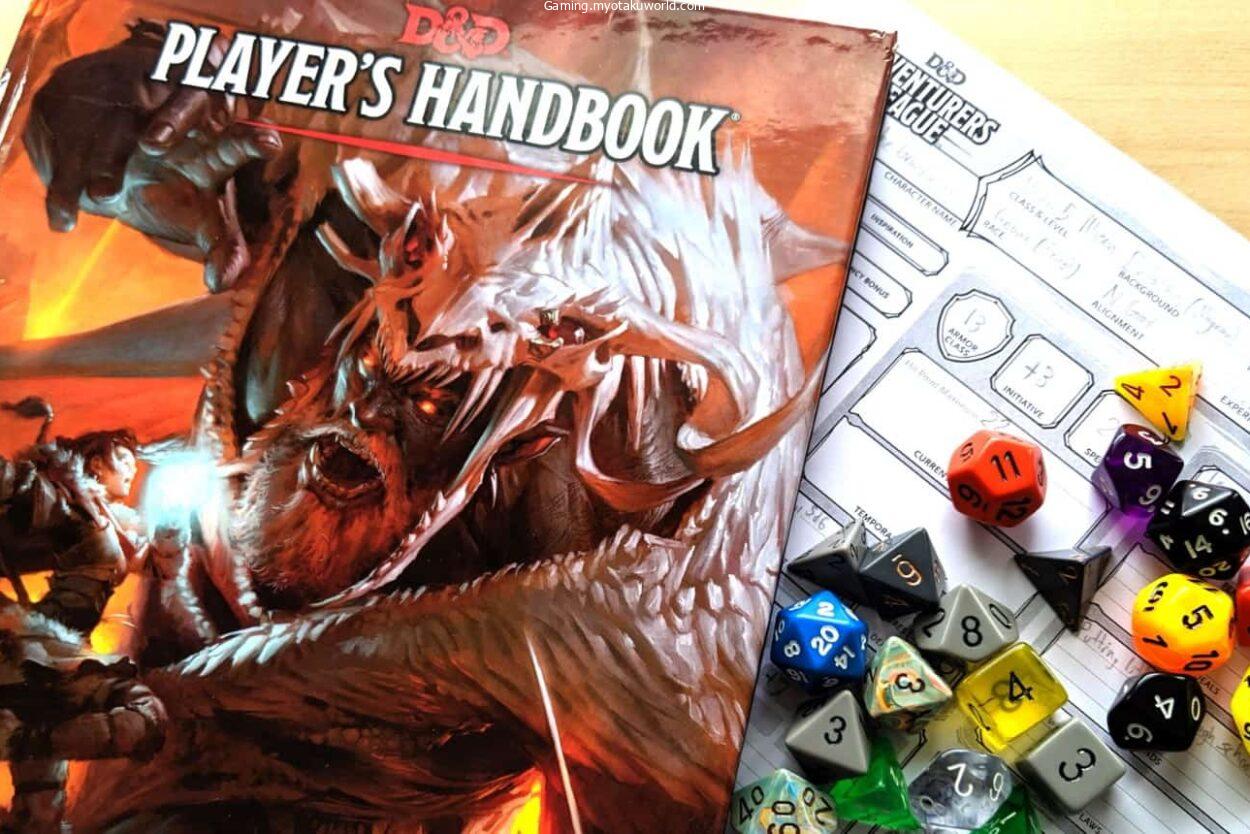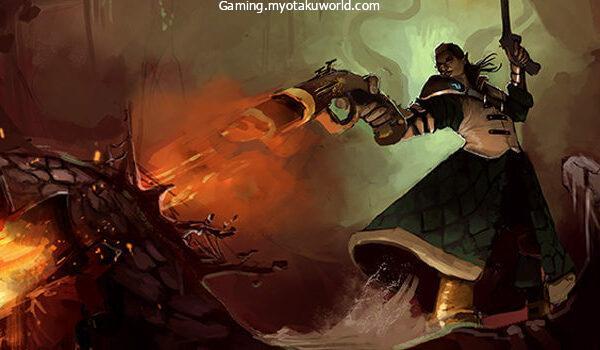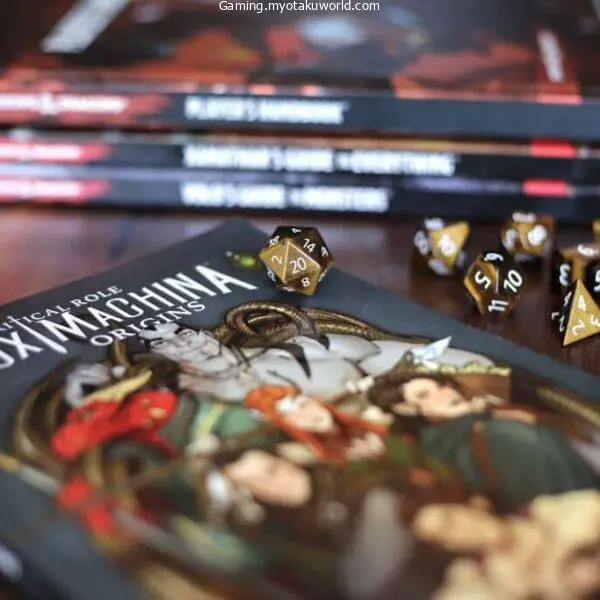Identify is an essential spell to figure out what the magical loot can do after the character has received it.
It has a new purpose in this version that is going to determine what effects it has on characters.
Rules for the game of Identify are discovered within the Players Handbook on page 252.
Divination 1st Level
Casting Time: 1 minute (Ritual)
Touchscreen: Range
Components: (A pearl with a value of at minimum 100 GP and an owl’s feather)
Duration: Instantaneous
Choose an object you have to touch during the casting. If it’s a magic item or another magical object, you are taught its properties.
How to utilize them? whether or not it requires an attunement in order to use the spell, and how many charges it is carrying if it has any.
You find out if any spells have an effect on the item, and what the effects are. In the event that an item is made by an elemental spell, you find out the spell that caused it.
If you contact a creature during the casting process, you will discover which spells, if any have been affecting it.
These rules of Identify define the primary purpose or function of this spell: to understand how to use a magical item.
It also helps you know the charges that the item is still owed and the spells in effect on the item. The spell can also be used to obtain similar information on creatures.
What is the best way to identify yourself?

There are two methods to identify items and their conditions with Identify. The first method is an instant casting spell.
If you’ve got the pearl of that material element, you just apply pressure to the item or the creature, and you will learn the properties of the item and the condition for that creature.
The data floods with information like a swarm of information. It is clear what you can do with it. whether it requires attunement, as well as the number of charges it has.
A little less frequently is finding out spells that have an effect on it, and the spell that was responsible for its creation (if there’s any).
The other method of user identification is to use ritual casting. It involves a larger and more intricate set-up.
Ritual casting is longer (11 minutes) however it does not require the use of a casting slot. It does still require material components and the ability to concentrate on the job at hand.
Ritual casting is typically performed during breaks either long or short if the group has the time.
Casting the spells Detect Magic or Identify and spells such as Legend Lore in unison is the most effective method to discover all the properties of the object.
Sentience and curses are common things that cannot be discovered using Identify by itself.
Does Identify drink the Pearl?
Materials are a part of casting the majority of spells. The majority of the time the focus suffices for spells like Identify it is not possible for a focus to be substituted for the pearl that is worth 100 GP.
The spell will specify whether the component material is consumed.
For instance, Revivify requires a diamond worth 300 GP that is consumed at the time you cast the spell.
Identify has no qualifier. This is why it’s not happening.
The majority of DMs are quite accommodating when it comes to materials, but they usually require players to search for or purchase one that is worth the price.
This is one of the most effective ways to keep the group on track from the very beginning.
If you don’t want to sell the pearl, just let the shopkeeper know where you can find one to make an instant catch and quest.
What is Short Rest, Identify
The process of tuning to the item takes about one hour, or more, which is equivalent to one minute of break.
At this time the character acquires the same details that the Identify spell will provide. This could cause players to ignore or doubt the value of Identify.
In particular, Identify can’t inform you if the item is cursed or not.
The most important thing is the second reason to use Identify.
Utilizing the Identify function on creatures may provide a wealth of details. It can tell the effects, if any, have an effect on the creature.
This is essential in removing the attraction effect or other types of debuffs like blindness or enfeeblement.
Another aspect is the time. There is a 3-item limit on the number of attuned items that a character may be able to.
If the character has reached the maximum limit at the moment, they will have to stop turning to one item prior to re-attunement.
It’s not a long process, however, should they decide that they don’t like the new item and want to return it, it’ll take another hour to tune it again.
This will result in a minimum of two hours. The ritual of identifying as a ritual takes about 11 minutes.
Curses are a great method of developing characters, but only if they’re properly balanced.
Curses shouldn’t only be a punishment. It is much better if the curse is accompanied by an opportunity which makes the one who has been cursed consider the possibility of keeping the curse.
Does Identify reveal curses?
The answer is simple: not true. Identify doesn’t reveal curses. Identify reveals the magic properties of the item.
Curses do not have magical properties. Therefore, they don’t fall under Identify.
The most effective way to set up your game is to utilize all of the divination spells you have available to you.
Detect Magic, Identity, and Legend Lore is the most effective team.
However other spells and the Religion and Arcana checks could be helpful in the event that you are able to pitch the idea directly to DM.
Final Words
The weaknesses of Identify are evident in 5e. It’s among the top frequently played spells. It has a bit of versatility and has more upside.
It’s also one of the most efficient ways to sort through the piles of treasure without having to accomplish it.
There are a few adventuring groups that do not have identification by one of its members, and it is a valid reason.









